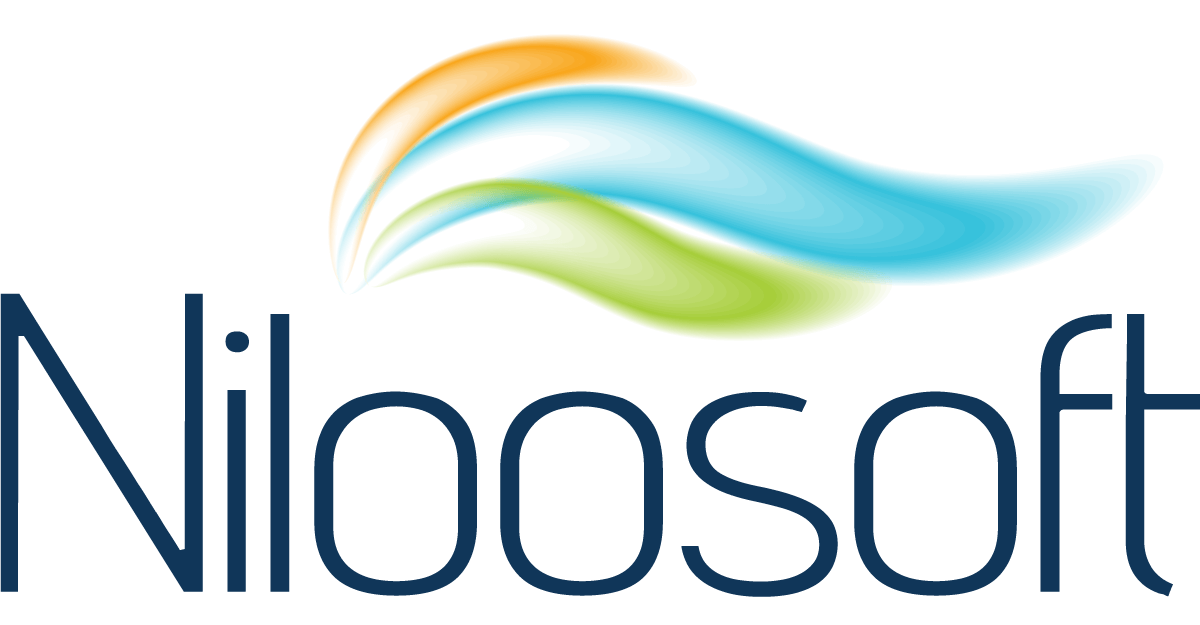Mass recruitment is operationally vital and resource intensive, necessitating strategies that maximize return on investment (ROI). Tracking Key Performance Indicators (KPIs) during the mass recruiting process provides insight into the efficiency, effectiveness, and overall impact of your mass recruitment process. Businesses can identify and address inefficiencies, manage recruitment costs effectively, and attract and hire the right candidates by monitoring KPIs. KPIs can also improve the candidate experience, maintain a positive employer brand, and attract the most talented candidates.
How Do You Track KPIs During The Mass Recruiting Process?
The most effective way to track KPIs during the mass recruitment process is to use an enterprise recruitment system to centralize and automate data collection. Then, you will define your essential KPIs and configure the recruitment system to capture relevant data at each stage of the hiring process. Next, develop processes to regularly analyze this data to assess performance against these KPIs. Utilize system-generated reports and dashboards for real-time insights. Adjust recruitment strategies based on these findings to optimize the process. Using an enterprise recruitment system ensures accurate, efficient tracking and enables informed decision-making for continuous improvement.
12 KPIs To Track In Your Employee Recruitment System
Tracking KPIs will help you refine your mass recruitment strategies, optimize resource allocation, and meet operational needs. Which KPIs to track depends entirely on your goals. However, to help you plan what KPIs to use during your mass recruitment process, here are the top KPIs to consider tracking in your employee recruitment system:
- Time To Fill: Measures the days from when a job requisition is opened until a candidate accepts the offer. Time to fill helps in assessing the speed of the recruitment process for timeline planning and provides valuable insights into the agility of the hiring team and the competitiveness of the job market.
- Cost Per Hire: The total costs of the hiring process, including advertising, recruiter fees, and staff time, divided by the number of hires. Cost Per Hire is crucial for understanding the financial efficiency of the recruitment process and budget planning.
- Quality Of Hire: Evaluate the performance and contribution of new hires to the company. Quality of Hire can be measured through performance appraisals, turnover rates, and hiring manager satisfaction, helping Human Resource (HR) teams understand where to find the best candidates for their company culture.
- Applicant Tracking: Tracks the number of applicants at each stage of the hiring process. Applicant Tracking is used to understand the funnel and where candidates drop off or succeed. HR can use this information to plan new hires’ training, provide the executive team with updates, and make budget requests.
- Offer Acceptance Rate: The percentage of candidates who accepted a job offer. The offer Acceptance Rate shows the company’s attractiveness and the offer package’s effectiveness, essential for ensuring you’re getting the top candidates.
- Source Of Hire: Identifies which recruitment channels bring in the most successful candidates. HR and marketing use the source of Hire to optimize recruitment marketing efforts to allocate resources efficiently to the most productive sources, enhancing the overall effectiveness of the recruitment strategy.
- Diversity Of Candidates: Tracks the applicant pool’s and new hires’ diversity. Diversity of Candidates ensures companies attract a wide range of applications and promote inclusive hiring practices.
- Candidate Satisfaction: Measures how candidates feel about the company’s hiring process. Candidate satisfaction can be assessed through surveys or feedback forms. With this feedback, HR teams can improve hiring, ensuring they attract top candidates.
- Employee Turnover Rate: The rate at which new hires leave the company, particularly during their first year. A high turnover rate might indicate issues with the recruitment or onboarding processes. Tracking Employee Turnover Rate is critical to all aspects of workforce planning.
- Interview-To-Offer Ratio: The number of interviews conducted for each job offer made. Tracking the Interview-to-Offer Ratio helps in assessing the effectiveness of the selection process. The data helps HR teams ensure they are targeting the right candidates.
- Retention Rate of New Hires: Measures how long new employees stay with the company. Retention rate indicates the success of both the hiring and onboarding processes. HR teams can also use this KPI to improve company culture and benefits to ensure employees.
- Recruitment Funnel Effectiveness: Analyzes the conversion rates at various stages of the recruitment funnel, from application to hire. Measuring the effectiveness of the recruitment funnel identifies the stages where candidates might be dropping out or getting stuck. Optimize their recruitment funnel for better efficiency and effectiveness.
HR teams can enhance mass recruitment by tracking these 12 crucial KPIs, leading to informed decision-making and continuous improvement. HunterAI Mass Recruitment software simplifies this task. Our software was designed for mass recruitment and offers customizable metrics tracking, enabling you to focus on key areas like efficiency, cost-effectiveness, and candidate quality. By leveraging these insights, you can significantly increase the ROI of your mass recruitment efforts.


